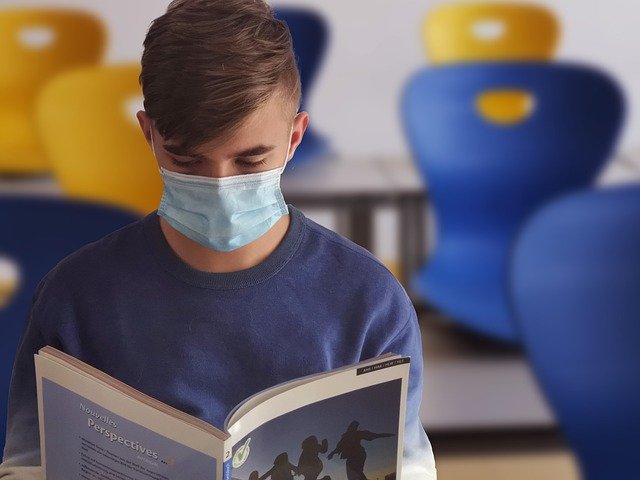While August is National Back to School Month, children can enter new schools year-round. This year looks a lot different since kids are going back to being in school full time, which means it’s crucial that children receive support when making this challenging transition.
As kids shift from an online environment to in person learning, it can impact them differently. For example, kids with Attention-Deficit Hyperactivity Disorder (ADHD) often do better when they go back to school because they must follow structure and routine. Alternatively, there are kids who have a history of social anxiety and may not look forward to going back to in person since online schooling gave them psychological respite. To help all children return to school, it’s important to add traditional forms of play (i.e., board games, to sports or musical instruments), to develop creativity, imagination and improve social-moral development when playing with other kids in a group setting.
READ ALSO: The 11 best places for back-to-school clothes
In some cases, kids may be both going back to in-person learning while adjusting to an entirely new school. This can bring on mixed emotions with thoughts about the unknown: will they fit in, make friends, get along with teachers, etc. The emotions that carry the most weight depends on their level of confidence and resilience based on previous school experiences.
Below are tips for parents, foster parents and teachers with kids who are entering a new school:
Tips for parents and foster parents:
• Enlist your child in activities that they are interested in learning about! Meeting kids with common interests can help lay the foundation of creating a support network of friends.
• If your child has an IEP or 504 plan, then have the services get transferred immediately to minimize any school related stress. For example, kids with learning disabilities will have anxiety about their performance and not meeting expectations. Having these services in place as soon as possible will help minimize the anxiety of transition.
• Prior to starting, families can tour the school and meet the teachers so the kids can understand the environment.
• Kids can have an object in their possession that is comforting or creates a sense of safety for them to alleviate the stress.
Tips for foster parents:
• Try to gain knowledge from previous school experiences and their past behaviors in response to challenging events or experiences. The goal is to understand the triggers for the child to help anticipate disruptive behaviors and non-compliance with classwork to create a more conducive environment for the child.
• Be mindful that they could be transitioning to a new home and school at the same time. This frequent change can spark anxiety within the child. So, minimize judgement, maintain safety at home, spend quality time by sincerely listening about their day, establish rapport, and do fun activities to break the ice.
Tips for teachers:
• Get educated about the child’s experience with foster care.
• Create a safe space where the child can go and de-escalate. Talk about the trigger and dysregulated response immediately after the child has calmed down.
• Be pro-active with anticipating future behaviors and setting up a plan of action with the foster parents and child. Discuss a specific plan with the child having a say in the process to improve compliance and good behavior at school.
• When the child escalates, practice taking the one down approach. Do not to react to your child’s emotional dysregulation. Remember that as an adult you are always modeling your responses
• Ask the school counselor for advice on how to relate to the child.
It can take kids half a year to get fully comfortable, but every child is different! Be patient with kids and remain a support system.
Ramiz Audi, MD has years of clinical experience treating patients at inpatient units, emergency rooms and urgent cares in outpatient settings. Through his work, he has created psychiatric urgent care models for nonprofit agencies in Virginia and Arizona that help reduce recidivism of children. Currently, he is a medical director at Arizona’s Children Association (AzCA). For 100 years, Arizona’s Children Association (AzCA) has stayed true to “Protecting Children, Empowering Youth, Strengthening Families,” serving more than 40,000 children, individuals and families in all 15 counties each year. Learn more at www.ArizonasChildren.org.




